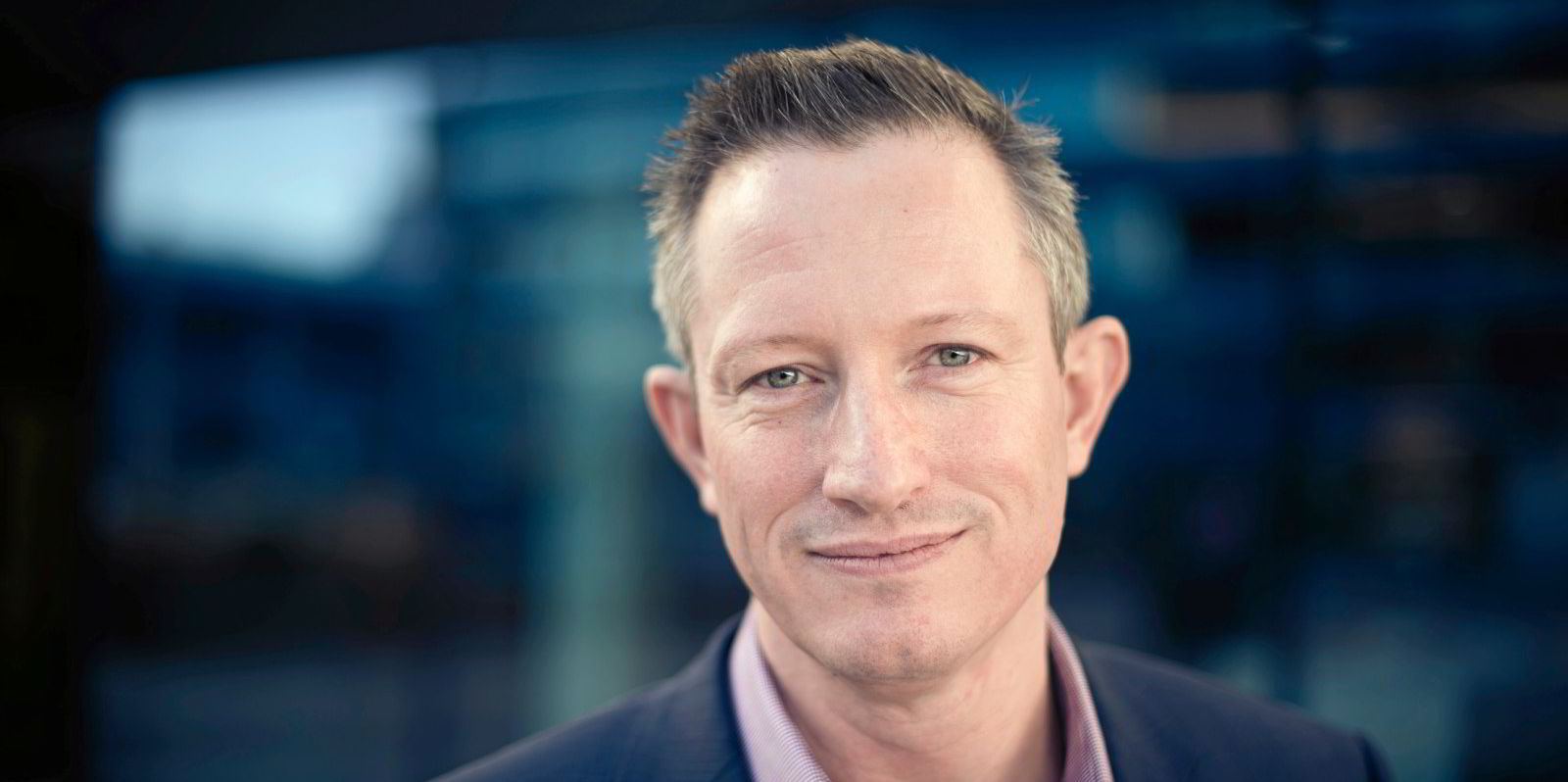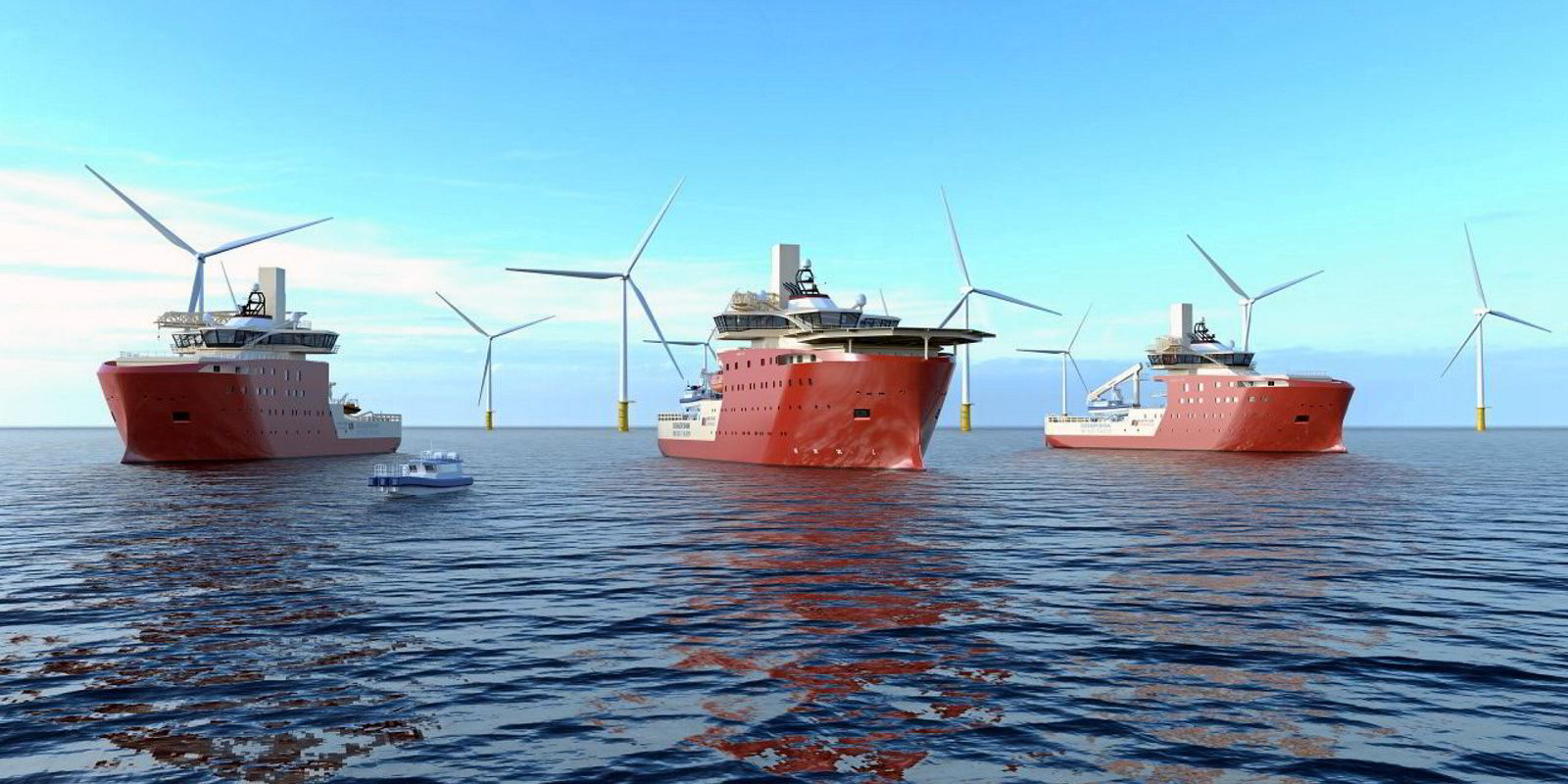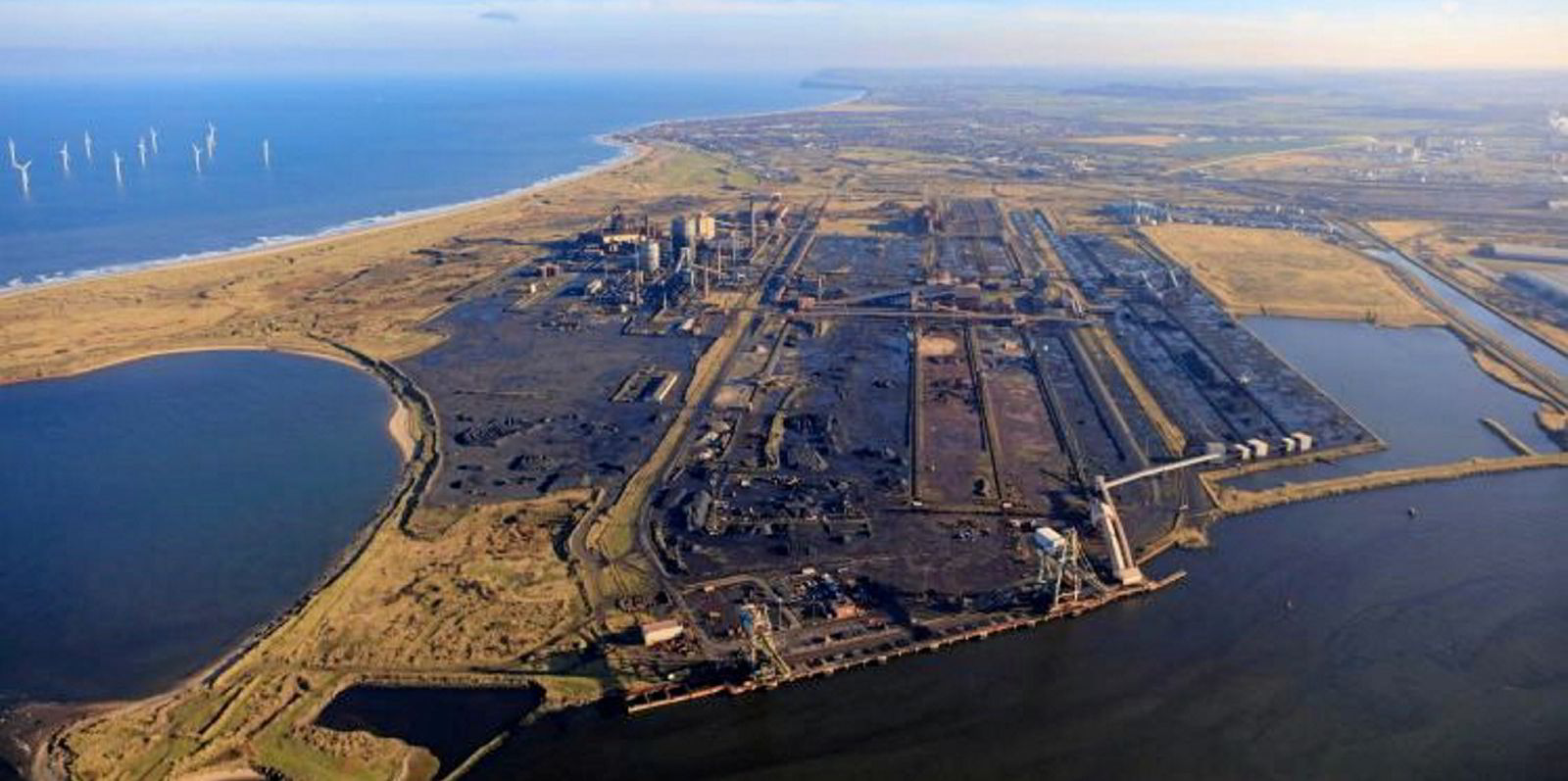Energy giant is redoubling its exploration efforts to boost its big plans

Explorer: Jez Averty, Equinor’s E&P chief in Norway wants to find more natural gas
Photo: Equinor
16 December 2021 13:42 GMT
By Ole Ketil Helgesen
in Stavanger
Equinor plans to drill 25 exploration wells in Norway next year — up from 16 this year — in its drive to build a Norwegian energy hub, with hydrogen at its heart.
The energy giant’s hub concept is based on large-scale production and export of hydrogen, with plans to include both blue hydrogen, produced from natural gas, and also green hydrogen, produced with renewable energy. Investment plans include the use of carbon capture and storage technology to mitigate or eliminate emissions on gas production.

World's largest offshore wind farm 'unprofitable' for Equinor, say government-funded researchers
The energy transition has become core to Equinor’s business strategy, and this is reflected in an exploration strategy, both globally — promising a retreat from all but the very best plays in terms of profitability and opportunities for lower-carbon intensity — but also in Norway, where the state-controlled company forms part of a social and economic backdrop that demands a decarbonised future.
Equinor’s senior vice president for exploration and subsurface production in Norway, Jez Averty, gave Upstream an insight into the exploration plan that will be launched next year.
“We are planning to drill about 25 exploration wells off Norway in 2022. Two-thirds of the wells are Equinor-operated. In comparison, we drilled 16 wells in 2021,” Averty said, adding that some of the wells had yet to be approved by all partners.
According to the head of Norwegian exploration, most of the wells are located in the North Sea, a few in the Barents Sea and the rest in the Norwegian Sea.
Article continues below the advert
“In line with our strategy to prioritise value over volume, 80% of the wells are infrastructure-led exploration, which means that we aim to take advantage of infrastructure built over 40 years,” Averty said.
Resources that can be tied back to existing installations tend to allow for fast project execution, with lower capital expenditure and faster payback time, he noted.
Yet, Averty classified 20% of next year’s exploration wells as the “testing of new ideas” which means planning for higher-risk and higher-reward wells.
Most of these pure exploration wells are aimed at natural gas, as Equinor has high ambitions to produce and export blue hydrogen, made using natural gas and carbon capture and storage.
“When we are testing new ideas, our focus will mostly be to search for gas. We see that gas will have an important role in the energy transition. It is an enabler for blue hydrogen.”

Hydrogen success must overcome transportation challengesRead more
Averty did not provide additional detail about which parts of Norway's continental shelf will be targeted for wildcatting.
“I can’t reveal that at this time,” Averty said, added that over 50% of the company’s exploration programme is aiming for either natural gas or a combination of natural gas and oil.
Averty stressed that the 25-wells plan also forms part of the company’s strategy to maintain its production level of 1.5 million barrels per day in Norway to 2030, and beyond.
Equinor plans to build its future business around three pillars: developing oil and gas projects, increasing offshore wind production and creating new low-carbon businesses such as carbon capture and storage and hydrogen.
“These are interconnected. Oil and gas are of critical importance for society, which is evident in Europe where lack of gas has caused an energy crunch. In addition, the oil and gas industry will be a key driver for an energy transition based on knowledge, technology and, not least, investment,” Averty said.
Equinor plans to invest $23 billion in renewables until 2026. Continued production of oil and gas production will be a key enabler of the huge investments needed.
“The Norwegian shelf generates a significant cash flow, and we will use this to finance the transition. However, the cash flow depends on continued value creation, and exploration is the single most important measure to ensure continued value creation and cash flow,” he said.
A geologist by training, Averty believes the Norwegian continental shelf is highly competitive in an international perspective.
In 2021, Equinor discovered 119 million barrels of oil equivalent in Norwegian waters, with 16 exploration wells drilled.
Although the volumes are relatively small, in a regional and historical context Averty said Equinor’s exploration results between 2019 and 2021 are worth four times more than the investment in the exploration programme, with an average break-even oil price of $30 per barrel.
“We believe that having a significant but constant and predictable investment frame is an important part of ensuring the Norwegian continental shelf remains competitive. It avoids the peaks and troughs in activity that we often seen in the industry and provides a line of sight and predictability for our suppliers,” Averty said.
Internationally, Equinor plans to drill around 10 to 13 exploration wells next year, including in the US Gulf of Mexico, offshore Canada, Angola and Brazil, as well as in East Siberia, onshore Russia, a spokesperson for the company said.(Copyright)
By Ole Ketil Helgesen
in Stavanger
Equinor plans to drill 25 exploration wells in Norway next year — up from 16 this year — in its drive to build a Norwegian energy hub, with hydrogen at its heart.
The energy giant’s hub concept is based on large-scale production and export of hydrogen, with plans to include both blue hydrogen, produced from natural gas, and also green hydrogen, produced with renewable energy. Investment plans include the use of carbon capture and storage technology to mitigate or eliminate emissions on gas production.

World's largest offshore wind farm 'unprofitable' for Equinor, say government-funded researchers
The energy transition has become core to Equinor’s business strategy, and this is reflected in an exploration strategy, both globally — promising a retreat from all but the very best plays in terms of profitability and opportunities for lower-carbon intensity — but also in Norway, where the state-controlled company forms part of a social and economic backdrop that demands a decarbonised future.
Equinor’s senior vice president for exploration and subsurface production in Norway, Jez Averty, gave Upstream an insight into the exploration plan that will be launched next year.
“We are planning to drill about 25 exploration wells off Norway in 2022. Two-thirds of the wells are Equinor-operated. In comparison, we drilled 16 wells in 2021,” Averty said, adding that some of the wells had yet to be approved by all partners.
According to the head of Norwegian exploration, most of the wells are located in the North Sea, a few in the Barents Sea and the rest in the Norwegian Sea.
Article continues below the advert
“In line with our strategy to prioritise value over volume, 80% of the wells are infrastructure-led exploration, which means that we aim to take advantage of infrastructure built over 40 years,” Averty said.
Resources that can be tied back to existing installations tend to allow for fast project execution, with lower capital expenditure and faster payback time, he noted.
Yet, Averty classified 20% of next year’s exploration wells as the “testing of new ideas” which means planning for higher-risk and higher-reward wells.
Most of these pure exploration wells are aimed at natural gas, as Equinor has high ambitions to produce and export blue hydrogen, made using natural gas and carbon capture and storage.
“When we are testing new ideas, our focus will mostly be to search for gas. We see that gas will have an important role in the energy transition. It is an enabler for blue hydrogen.”

Hydrogen success must overcome transportation challengesRead more
Averty did not provide additional detail about which parts of Norway's continental shelf will be targeted for wildcatting.
“I can’t reveal that at this time,” Averty said, added that over 50% of the company’s exploration programme is aiming for either natural gas or a combination of natural gas and oil.
Averty stressed that the 25-wells plan also forms part of the company’s strategy to maintain its production level of 1.5 million barrels per day in Norway to 2030, and beyond.
Equinor plans to build its future business around three pillars: developing oil and gas projects, increasing offshore wind production and creating new low-carbon businesses such as carbon capture and storage and hydrogen.
“These are interconnected. Oil and gas are of critical importance for society, which is evident in Europe where lack of gas has caused an energy crunch. In addition, the oil and gas industry will be a key driver for an energy transition based on knowledge, technology and, not least, investment,” Averty said.
Equinor plans to invest $23 billion in renewables until 2026. Continued production of oil and gas production will be a key enabler of the huge investments needed.
“The Norwegian shelf generates a significant cash flow, and we will use this to finance the transition. However, the cash flow depends on continued value creation, and exploration is the single most important measure to ensure continued value creation and cash flow,” he said.
A geologist by training, Averty believes the Norwegian continental shelf is highly competitive in an international perspective.
In 2021, Equinor discovered 119 million barrels of oil equivalent in Norwegian waters, with 16 exploration wells drilled.
Although the volumes are relatively small, in a regional and historical context Averty said Equinor’s exploration results between 2019 and 2021 are worth four times more than the investment in the exploration programme, with an average break-even oil price of $30 per barrel.
“We believe that having a significant but constant and predictable investment frame is an important part of ensuring the Norwegian continental shelf remains competitive. It avoids the peaks and troughs in activity that we often seen in the industry and provides a line of sight and predictability for our suppliers,” Averty said.
Internationally, Equinor plans to drill around 10 to 13 exploration wells next year, including in the US Gulf of Mexico, offshore Canada, Angola and Brazil, as well as in East Siberia, onshore Russia, a spokesperson for the company said.(Copyright)
No comments:
Post a Comment